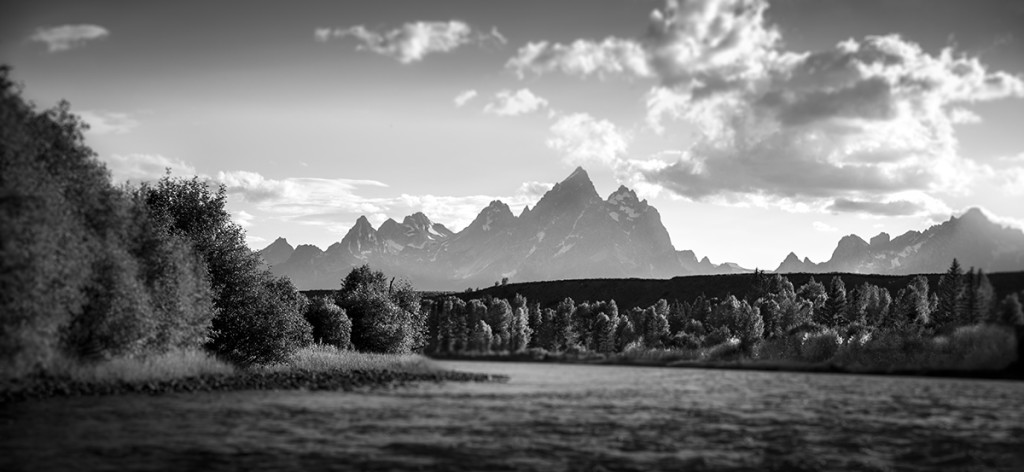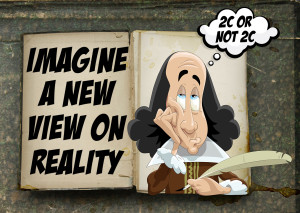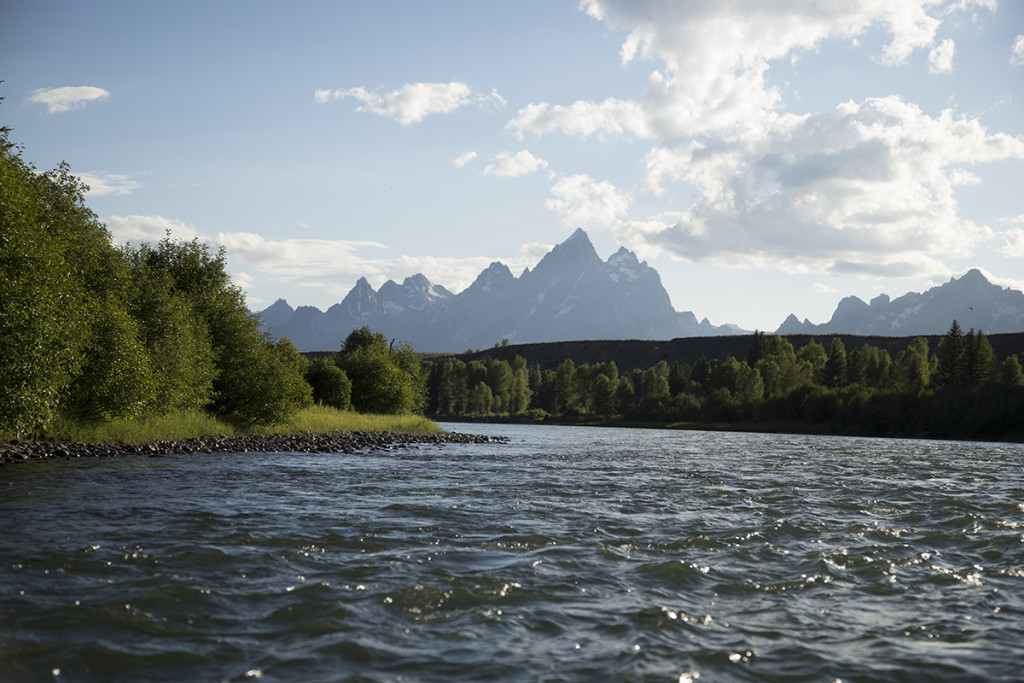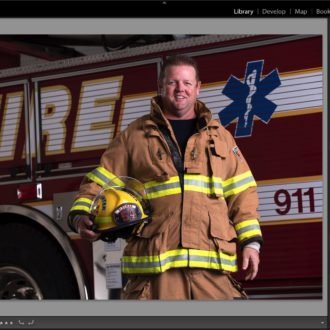Imagination
Today I wanted to share another part of my discussion with Steve Gustafson about the idea of imagination and the part it plays in what we do as photographers and artists. Here is an excerpt from Steve talking about the need for imagination. I have changed some of the wording for clarity’s sake or to add a comment and added some photos for illustration, but most of this is taken directly from Steve’s thoughts.
Everyone wants to be more creative… but to be creative you must use your imagination. Unfortunately imagination tends to be as elusive as bigfoot… and like bigfoot only a few actually pursue it. Most people give up and complain that they simply don’t have a good imagination while others declare that imagination fails with age. While both of these statements are partially true, the real answer is somewhat surprising. You may not have a good imagination at present, but I would suggest that it can be developed. Or perhaps your imagination has faded as you grew older, but the loss is not the result of age as much as from lack of practice.
First let’s take a look at what constitutes imagination. George Santayana describes imagination as “Spontaneous syntheses that arise in the mind.” I describe one aspect of it as “a personal (unique) expression of a global ideal.” (Pete’s translation: trying to see with our own special perspective) Notice I use the term expression and that is the key… it is a personal endeavor to express/communicate what it going on inside of the individual. It does not try to create an ideal that should be globally accepted or adopted or even try to define reality. As a matter of fact imagination often finds itself at odds with that which is real. However reality or “the ideal” is not the enemy of imagination. It can certainly hinder or stifle imagination, but the truth is imagination must use reality as a base. Imagination acknowledges “what is” (what is real) but then goes farther and asks “what could be…”. In this way imagination seeks a way to express its new idea by taking something real and adapting it or changing it even to the point that it becomes unreal. Imagination uses reality to be the springboard into the possible or the fanciful… the goal is not more reality, but rather the conveyance of a feeling or emotion that may not look like the reality you started with.
Example 1 is an image of “what is”.
Example 2 is an image of “what could be if”

Imagination is needed to change reality into an image that expresses the feeling/emotion of the scene that caused you to take the picture.
Example 2 has gone past a documentation of what is real. It was not the intention of Pete to document an actuality. He saw the scene and it caused an emotional sensation. This sensation caused him to capture the image. The “real” image that the camera produced did not completely communicate that same emotional experience so Pete asked “what if”. This desire to communicate a felt emotion, to a viewer, created a need for imagination. Imagination changed the image to create an expression.
I often use the term “intent precedes content”. It is this intent that drives imagination. Imagination is fueled by a hunger to express something in a new and unique way so that a perception can be shared with someone else. Reality is a base for imagination but it can easily become a barricade that stops all imaginative thought if we think that our role is to simply document. This happens when we give in and only accept reality as the most important thing that we can express. Age has a way of wearing us down because so many possibilities in life have fallen short. Society and our peers have helped us to set aside imagination… how many times have you heard, “that sounds good but the reality is…” or “stop dreaming and come back to reality”. The first step to growing imagination is to realize the daily thoughts we have that hinders the flourishing of imagination. Once we start to hear our own voices of doubt and our propensity to fall into the rut of simply documenting reality… we can start to resist them and by doing so begin to rekindle imaginative thought.*
*In our next post we will look at some things that actually fuel our imagination.




